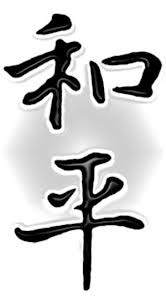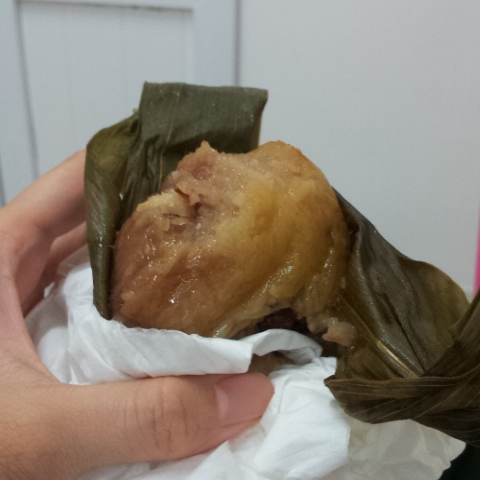I went to Zhongshan road in Xiamen once and was so hungry that I begged my friend to stop at the nearest restaurant and sit down for a meal.
Well we actually stopped right at a Chinese muslim restaurant (they are called qingzhen 清真 over there). If you see those characters, then the restaurant serves halal food.
I ordered the first dish I saw on the menu, which was plain noodles with minced beef topped by a tomato sauce. I believe the dish is called Ban or Pan Lamian. I still to this day have no idea how to spell it in Chinese characters, as I've only had it once.
This dish tastes very similar to spaghetti bolognese, except that the greens are from scallions, not from Italian herbs. Of course, the noodles aren't pasta, but well, when you are desperately hungry, anything will do.
So if you are in China and are craving spaghetti bolognese, go to a qingzhen restaurant. Order this cheaper alternative. Usually a large plate would be 11RMB. A smaller plate 9RMB.























